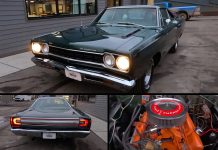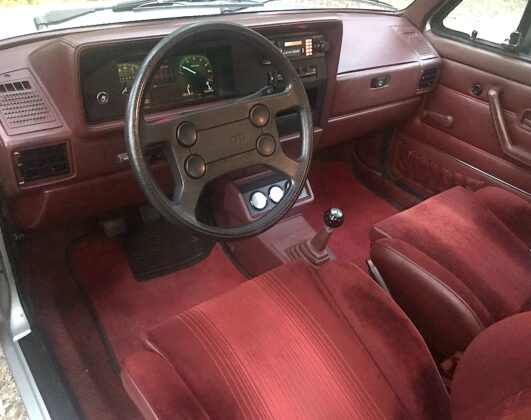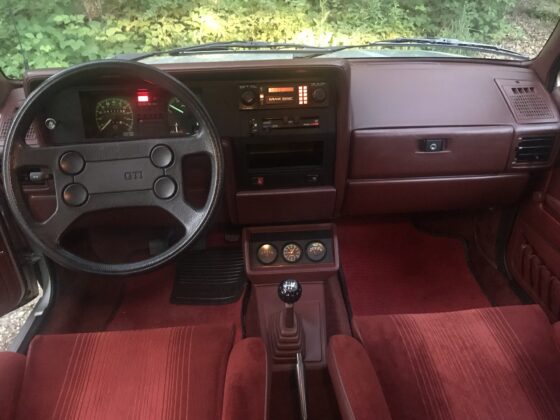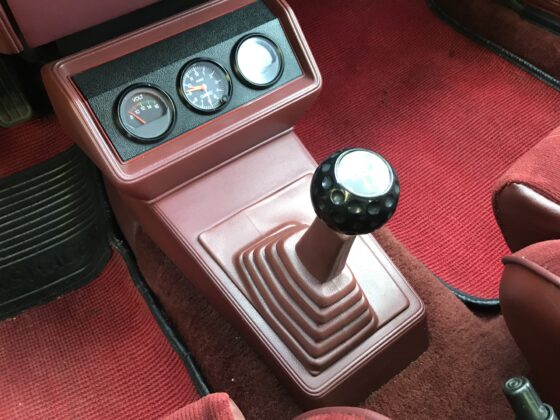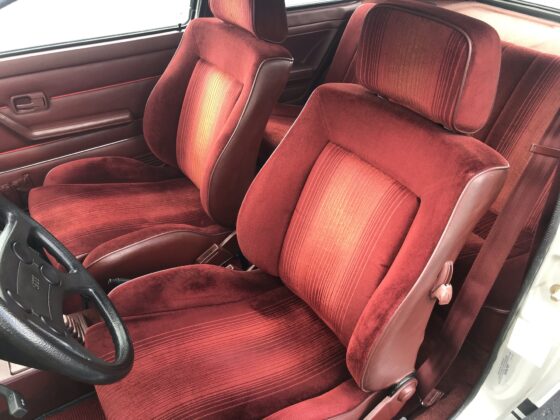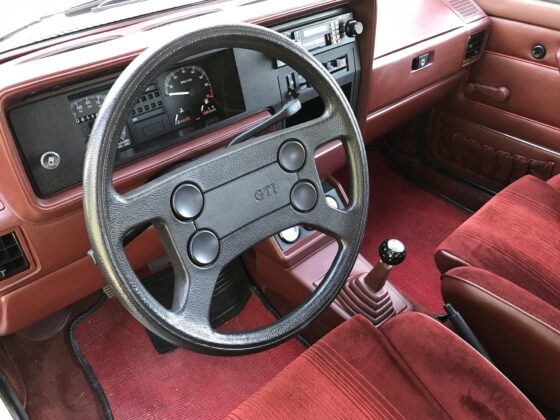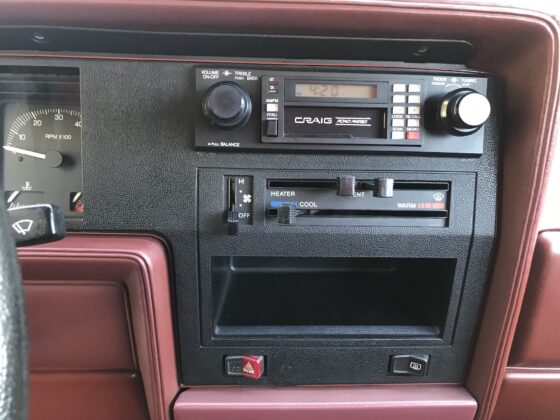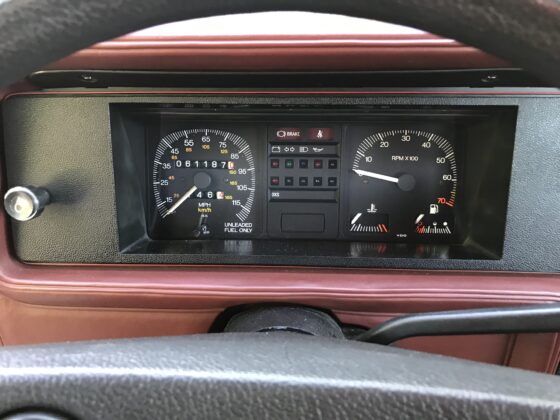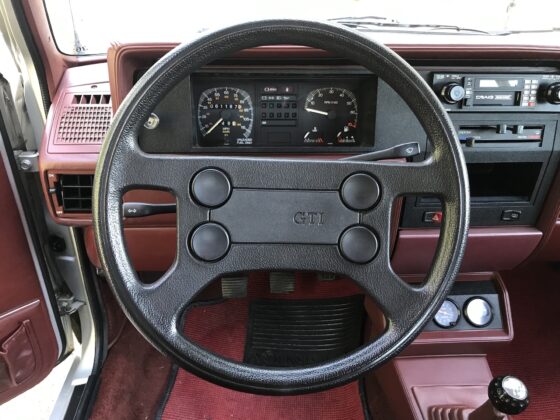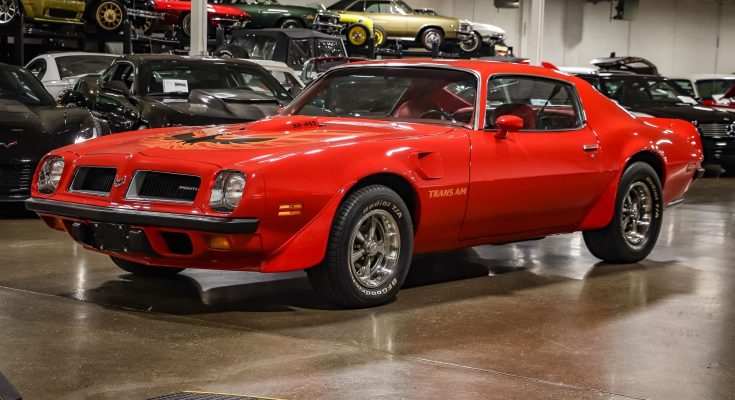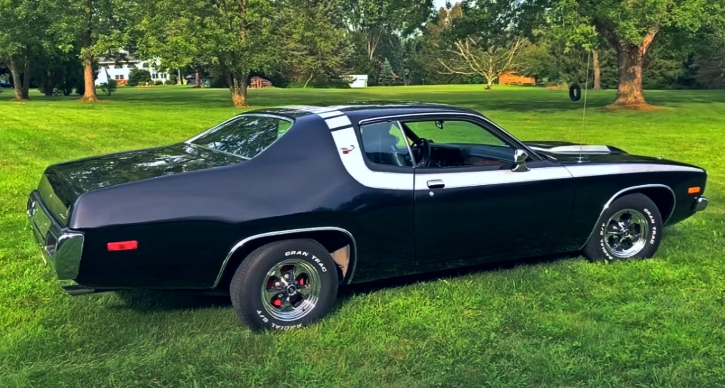As I sit behind the wheel of this low-slung sports car, I can’t help but marvel at how far we’ve come. The upright picture window windshield provides a view of the front corners of the hood, giving me a glimpse of what’s to come. As I turn the key, the 1.8-liter 4-cylinder engine roars to life, emitting a symphony of sound that rattles like a hive of worker bees. Despite the noise, it’s hard to ignore the fact that this engine only packs a mere 90 horsepower.

Back in the day, I owned cars that were typical of a Midwestern kid with limited funds: a 1978 Ford Fairmont wagon, a 1974 Buick LeSabre Luxus, a 1983 Oldsmobile Cutlass Cierra, and a couple of Pontiac Grand Prixs from 1978 and 1983. While the Pontiacs were decent, they lacked the compactness and agility of this 1984 Volkswagen Rabbit GTI. This car takes me back to a time of automotive malaise, but also reminds me of the promise of a new era: the hot hatch.

Despite its small size, the GTI feels incredibly tight and agile, with a spunk that its American counterparts lacked. However, getting it going can be a challenge, with the engine’s low idle causing it to shudder and stall unless given a few pumps of the throttle to warm up. I certainly don’t miss those days of finicky engines and shaky starts.
As I reflect on my early days of car ownership, it’s clear that the GTI was a game-changer. It paved the way for a new breed of hot hatches that continue to dominate the market today. It’s amazing to think how much the automotive industry has evolved since then, with cars now boasting advanced technologies, fuel-efficient engines, and sleek designs. Nevertheless, it’s always nice to take a trip down memory lane and appreciate the pioneers who helped shape the industry we know and love today.

The Rabbit GTI is the final model of the first-generation GTI, which was introduced overseas in 1976 but did not arrive in the United States until 1983, and was later redesigned in 1985. While it may have been the first hot hatch, the initial version of the GTI was not particularly impressive. However, it was unique in the sense that it was small, agile, solid, and sporty, a departure from the passionless cars of its time, which were either large and slow or small and cheaply made.
As I shift into first gear below my right knee like a truck driver, I set out in a piece of automotive history. This 61,000-mile Rabbit GTI, which is part of Volkswagen’s vintage collection in Detroit, does not have the traditional plaid seats dating back to the mid-1970s first GTIs. Instead, I sit on a well-supported bucket seat covered in red velvet, which was fashionable in the 1970s and 1980s but is now as outdated as shag carpeting and wood paneling.
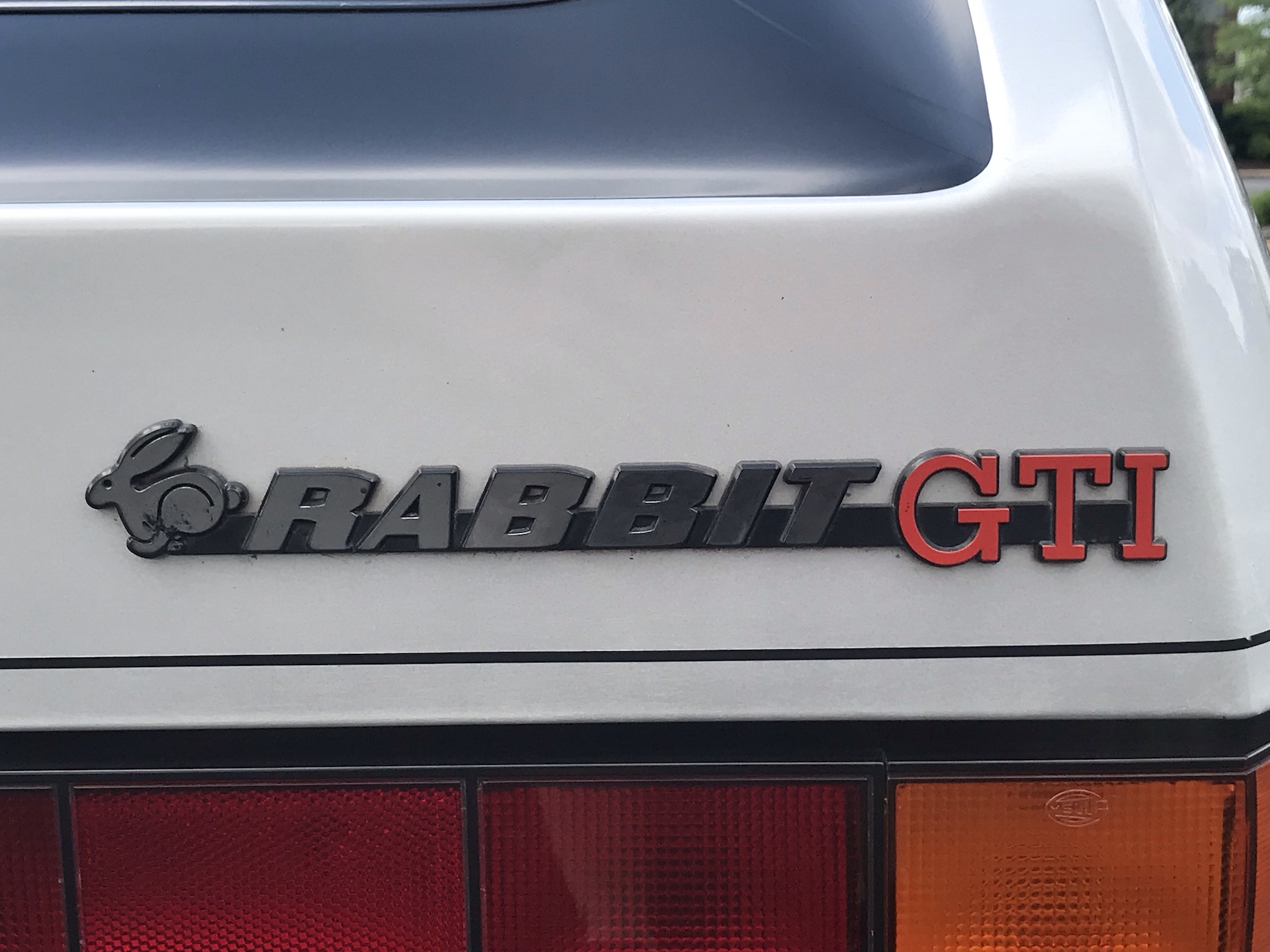
I grab the large, thin, vinyl steering wheel, which has only four round horn buttons, and pull it to the right to turn onto the road. Because the car lacks power steering, I am in for a workout.
In comparison to today’s hot hatchbacks, the Rabbit GTI’s performance is tepid. Even when it was introduced in the United States, it was not particularly quick. While the rest of the world got a 105-horsepower engine, the US version was limited to just 90 horses. Despite this, the first-generation GTI weighed only around 1,800 pounds, giving it a decent power-to-weight ratio for its time, allowing it to go from 0 to 60 mph in approximately 9.0 seconds. Fuel injection also provided some power and reliability, despite the car’s rough start.
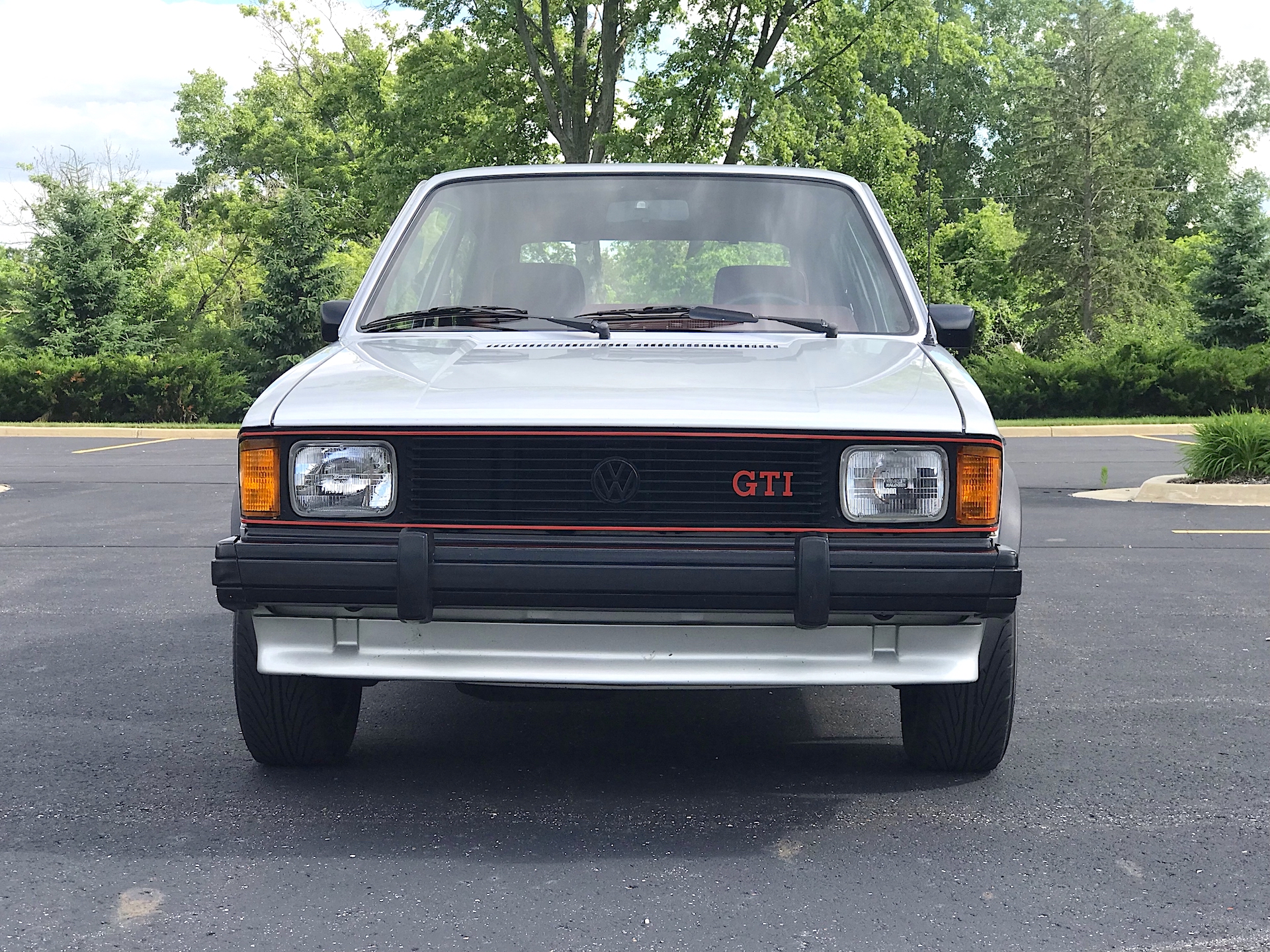
With only 90 horsepower in a 3,500-pound car, the Rabbit GTI is not particularly quick by modern standards. However, its lightness helps it keep up with city traffic without difficulty. If I shift late enough to keep the revs closer to the 6,200 rpm redline, it can even outrun suburban commuters in their indistinguishable SUVs. However, finding the correct gear with the golf-ball shifter is not always easy, and it’s simple to start in third gear instead of first or shift from second to fifth, leaving me with no useful power. Fortunately, the clutch is easy to use, and once I find the proper gear, the shifter slots into place with ease, although it does struggle to downshift into first gear when the car is moving.
Acceleration from a standstill or a full-throttle launch doesn’t feel much different in the GTI. The main contrast is the sound of the worker-bee exhaust note, which becomes angrier under full-throttle.
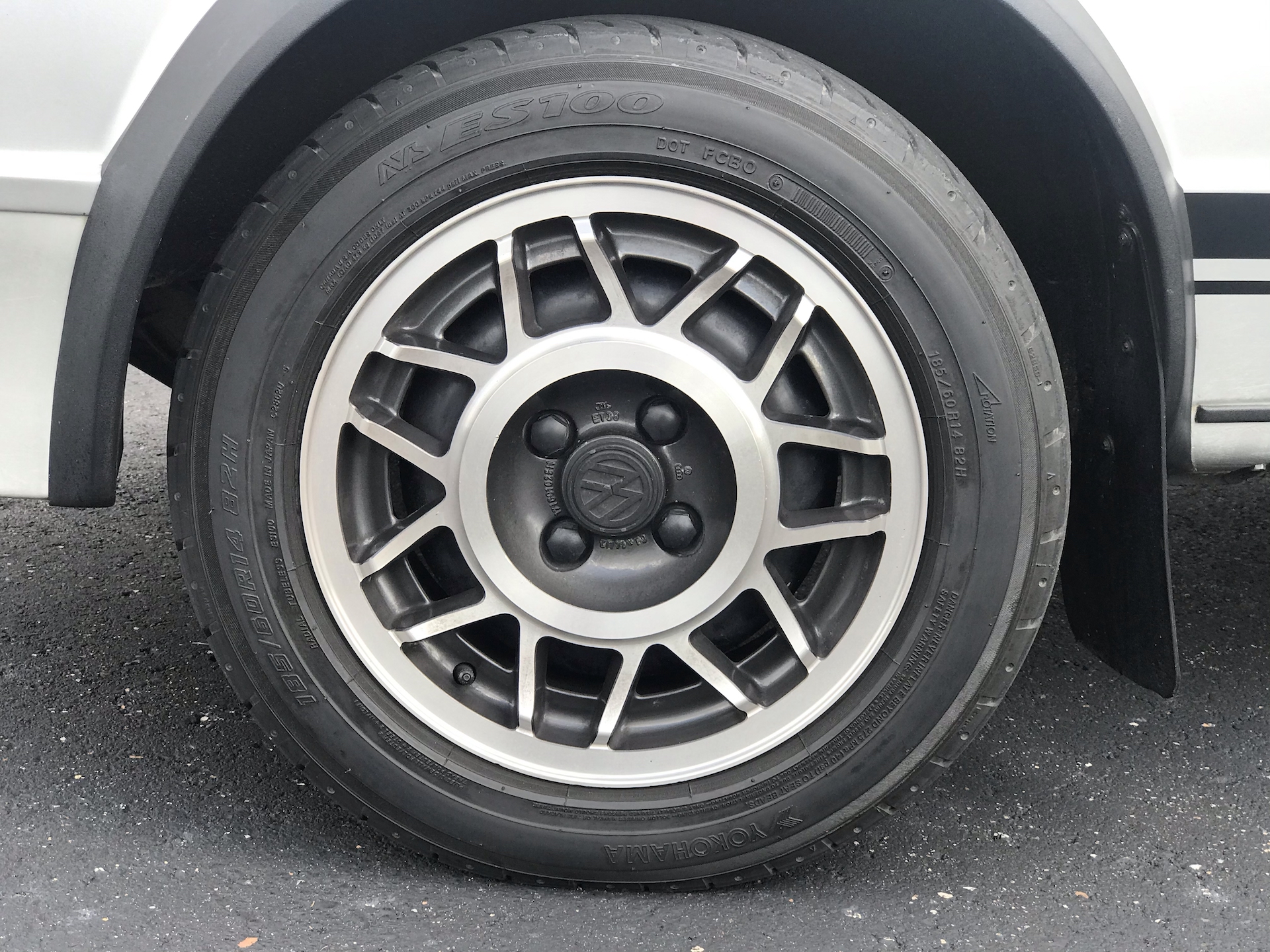
Although the little 4-cylinder engine manages to reach highway speeds quite easily, passing isn’t much of an option. The 1.8-liter engine spins at 4,000 rpm at 75 mph, leaving little room to overtake a merging SUV. The Craig stereo can drown out the exhaust noise, but it also generates its own buzz in the form of distortion, which is unfortunate. Car stereos have come a long way since then.
Suspensions and handling characteristics have also improved considerably. I go to lake country outside Ann Arbor to test the GTI’s handling, which isn’t particularly hot either. The car feels secure and stable on the freeway or a back road, but its 185/60R14 Yokohama ES100 tires lose grip rather quickly. They have a relatively small contact patch compared to today’s wider and more grippy tires. According to Road & Track testing, the GTI managed just .797 G of grip on the skidpad back then. That was a good figure at the time, but it’s now lower than that of a Toyota Camry.
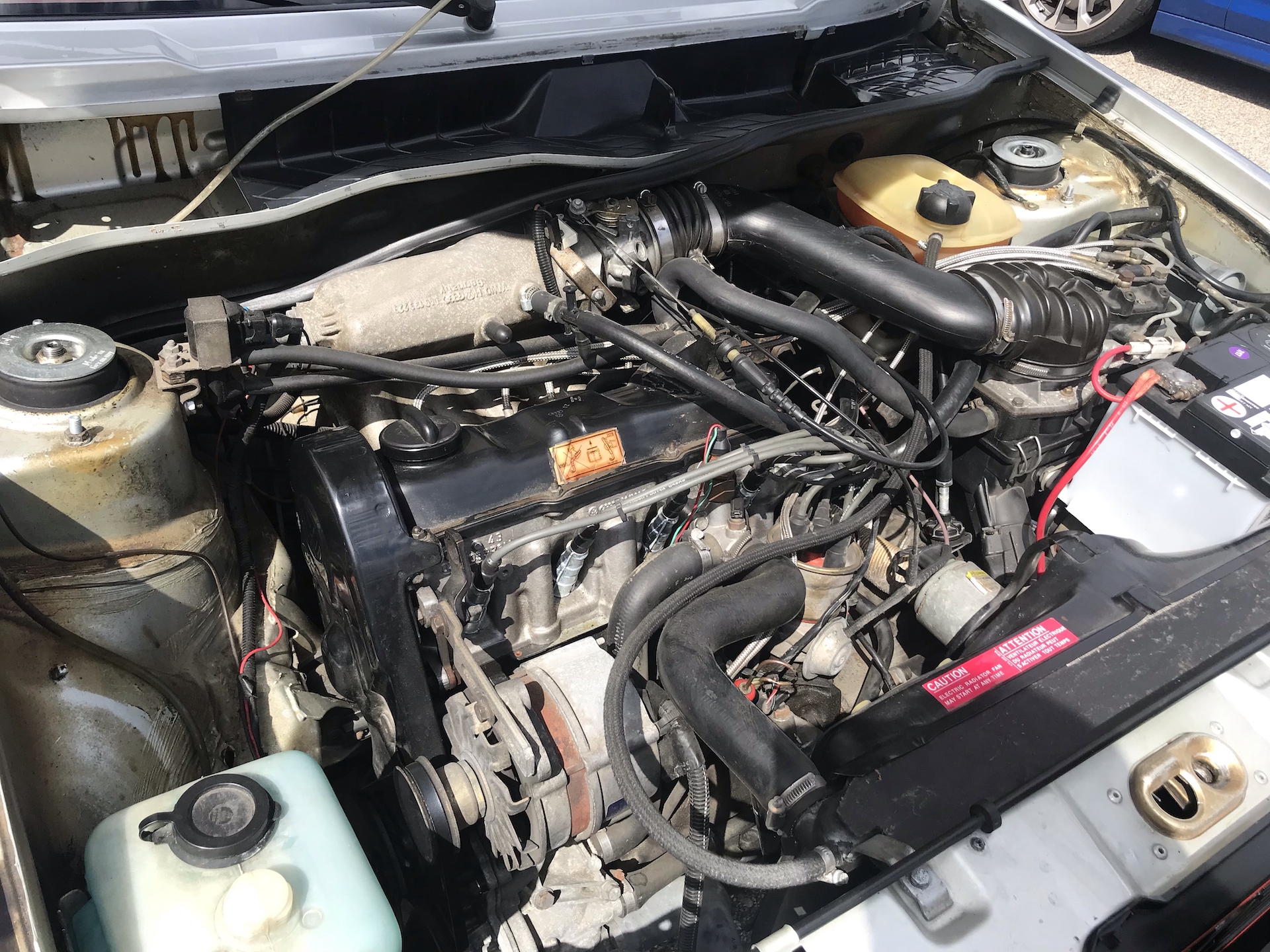
Despite this, the GTI is still a fun car to drive, and I can push it to the limit on the street. I can pin the throttle, keep the gears low, and attack corners with all the car has to offer while still staying near the speed limit. This is something that would get me arrested if I tried it in a modern supercar or even today’s GTI.
The only way to test the car’s at-the-limit traction is to gain speed and throw the car into a turn. The engine is simply incapable of generating enough speed between turns on a curvy road to push the limits of grip. However, since this is a vintage car without today’s safety features, I’m not going to slide it sideways to test the limits of grip.
In tight turns and roundabouts, I find that I need to add more steering angle than I anticipated due to the GTI’s slow steering. However, it still provides decent feel and is more on the controlled side despite feeling a bit loose. At parking lot speeds, the slow steering can be quite annoying and requires a bit of upper body workout.
Compared to modern cars, the GTI’s 60 series tires have a lot of sidewall, so even with its firmer suspension tune, the ride is never harsh. Overall, the driving experience is pleasant, spirited, and engaging, but it’s not quite a hot hatch. More horsepower and grip would come in the second and third-generation GTIs.
Reflecting on my 146-mile drive, I realize that I missed out on fun cars in the past that prioritized handling and lightness over power. The GTI, along with other foreign cars like the Datsun Z, Toyota Celica Supra, Mazda RX-7, and VW Scirocco, offered enjoyable driving experiences without relying on power. However, the GTI stands out as the car that invented the hot hatchback category.
While the GTI has only improved over the years, the original already had the foundations of the modern car, including its recognizable sporty two-box shape with a red-framed black grille. Today’s GTI is larger and more practical, with a roomier rear seat and hatch area, and benefits from 40 years of engineering advancements in power, steering, suspension, and tires. It’s no wonder the GTI is still considered one of the most exciting and passionate cars on the road today.





